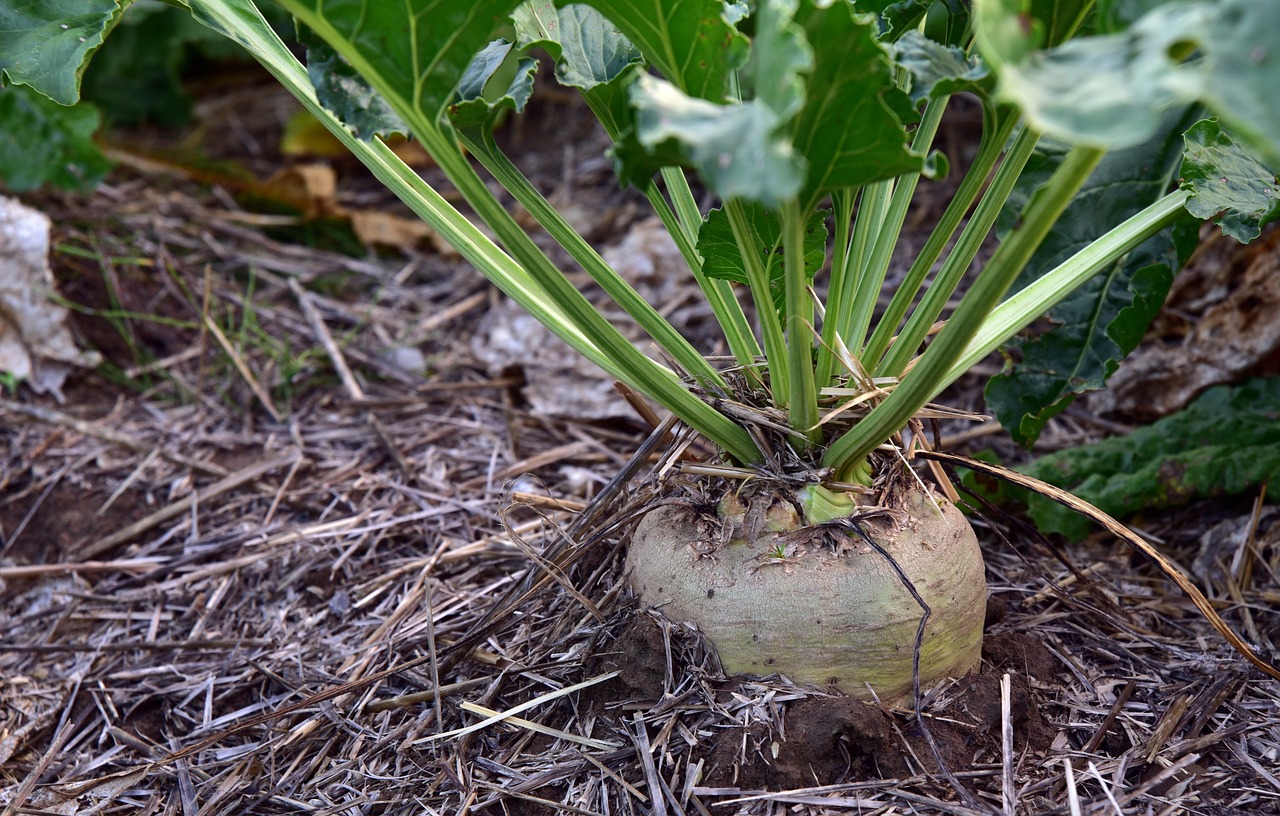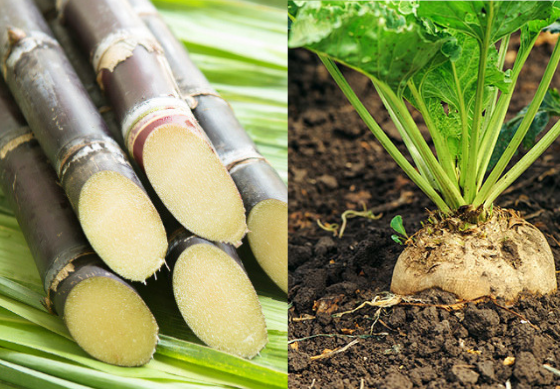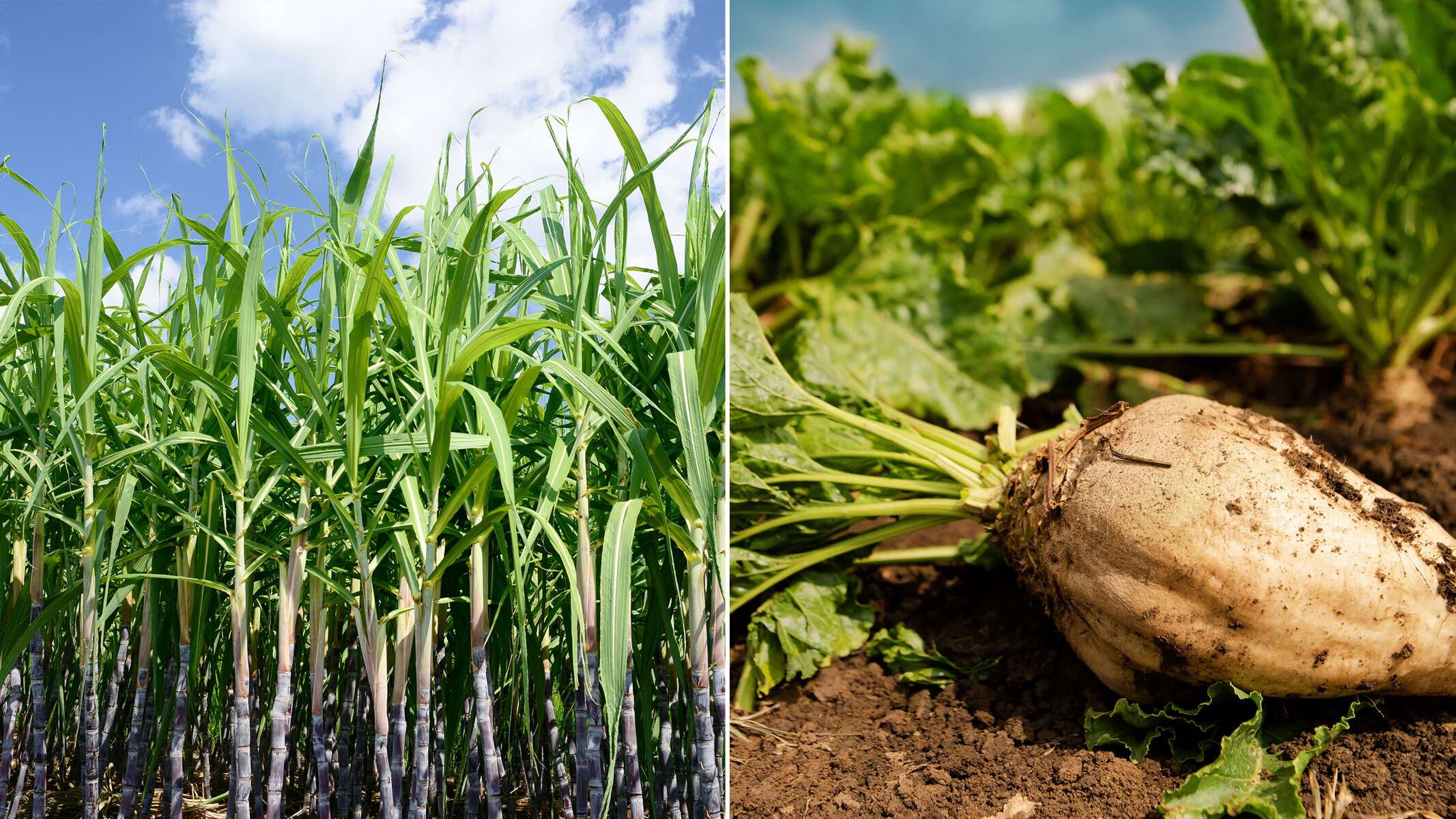The economic implications behind choosing sugar beet vs sugar cane for sucrose supply
Comprehending Sugar Beet Vs Sugar Cane: Secret Differences and Their Significance in the Global Sugar Market
The distinctions in between sugar beet and sugar cane are substantial in the context of the international sugar market. Their differing climatic requirements influence where they can be cultivated, while their unique nutritional profiles influence customer preferences. In addition, the economic implications of each crop shape market dynamics. Comprehending these differences is essential for comprehending the more comprehensive effect on manufacturing and supply chains. What more complexities arise when considering their duties in the sector?
Environment and Geographic Adaptability
Sugar beet and sugar cane display distinct climate and geographic flexibility that influences their growing. Sugar beet flourishes in temperate climates, calling for amazing weather for ideal development. It is primarily expanded in regions such as Europe and North America, where conditions favor its growth throughout spring and autumn. In contrast, sugar cane flourishes in exotic and subtropical climates, demanding warm temperatures and bountiful rains. This plant is mainly grown in nations like Brazil, India, and Australia, where the setting sustains its lengthy development cycle.The differing flexibility of these plants impacts not just their geographical circulation but likewise the agricultural techniques employed by farmers. Sugar beet's resilience to colder temperature levels allows for earlier planting, while sugar cane counts on a much longer growing season to accomplish optimal yield. Comprehending these weather choices is crucial for improving production and making sure food safety in regions dependent on these vital sugar resources.
Farming and Harvesting Strategies

Cultivating sugar beet and sugar cane includes distinctive methods customized to each crop's specific growth needs. Sugar beet is typically sown in cool, warm environments, calling for well-drained soil and precise spacing to enable for optimal origin growth. Sugar beet vs sugar cane. Farmers often use mechanical planters to assure uniform seed positioning, adhered to by routine irrigation and weed monitoring practices to support growth.In contrast, sugar cane prospers in warmer climates and is typically circulated via stem cuttings as opposed to seeds. Growing happens in rows, permitting appropriate sunlight and air movement. Gathering sugar cane is labor-intensive, typically involving hand-operated cutting or making use of specialized equipment, depending upon the range of production. Alternatively, sugar beet harvesting utilizes mechanical farmers that extract the origins from the dirt, reducing damages and ensuring a cleaner item. Both plants demand cautious monitoring to maximize return and quality, mirroring their importance in the international sugar industry
Handling Techniques and Effectiveness
Processing methods for sugar beet and sugar cane disclose vital differences that affect performance and return. Sugar beetroots go through a series of actions, starting with slicing the root into slim cossettes, complied with by extraction of juice via diffusion or pressing. This juice is then cleansed, focused, and taken shape, leading to granulated sugar. The procedure generally takes about 5-10 hours from harvesting to crystallization.In contrast, sugar cane processing involves crushing the stalks to draw out juice, which is then heated up and cleared up. The juice goes through evaporation and crystallization, typically taking longer than beet processing as a result of the fibrous nature of the cane. Furthermore, sugar cane can be refined continually, boosting effectiveness.
Economic Effect and Worldwide Production Patterns
The distinctions in here handling techniques in between sugar beet and sugar cane not only influence performance however likewise have substantial financial effects. Sugar cane controls in exotic areas, supplying reduced production prices due to desirable weather conditions and reduced energy needs. On the other hand, sugar beet is mainly grown in temperate zones, where higher production expenses are typically incurred. This geographical difference site influences global supply chains, influencing pricing structures and availability.Recent fads indicate a rising and fall worldwide demand for sugar, with both plants experiencing rate volatility. As countries goal for self-sufficiency, investments in regional sugar beet manufacturing have actually increased, particularly in Europe and North America. Establishing countries continue to depend greatly on sugar cane, driven by export possibility. Generally, the financial effect of these crops is profound, shaping agricultural policies, profession agreements, and the sustainability of the worldwide sugar market.
Nutritional Profiles and Health And Wellness Considerations
While both sugar beet and sugar cane work as primary sources of sucrose, their nutritional profiles and wellness considerations vary considerably. Sugar cane, typically viewed as an extra natural sugar, consists of trace amounts of vitamins and minerals, consisting of calcium and potassium, along with anti-oxidants. On the other hand, sugar beet is largely made up of sucrose with very little dietary worth, yet it is rich in fiber and particular phytonutrients, which may provide digestion benefits.Health factors to consider surrounding both resources concentrate on their high glycemic index and possible effects for obesity and diabetes mellitus. While both kinds of sugar add to calorie intake, the processing techniques can impact their wellness effect. Sugar beet typically undergoes considerable refining, while sugar cane may retain more of its natural substances in less processed forms, such as raw cane sugar. Eventually, moderation is key when integrating either into a balanced diet plan.
Regularly Asked Questions

Which Areas Mainly Grow Sugar Beet Versus Sugar Cane?
Areas largely expanding sugar beet consist of visit our website Europe and The United States and Canada, while sugar cane flourishes in exotic and subtropical areas such as Brazil, India, and Southeast Asia. Environment and soil problems substantially influence these agricultural patterns.
Just How Do Sugar Beet and Sugar Cane Differ in Preference?

What Prevail By-Products of Sugar Beet and Sugar Cane?
Usual spin-offs of sugar beet consist of molasses and pet feed, while sugar cane yields bagasse, molasses, and ethanol. Both plants contribute significantly to different industries, boosting sustainability and financial worth beyond their primary sugar production.
Just How Do Ecological Variables Influence Sugar Beet and Sugar Cane Yields?

What Is the Historic Relevance of Sugar Beet and Sugar Cane Growing?
The historic value of sugar beet and sugar cane growing hinges on their roles in worldwide economic climates, farming methods, and profession. Both crops formed social frameworks, affected early american plans, and added to the advancement of contemporary markets.